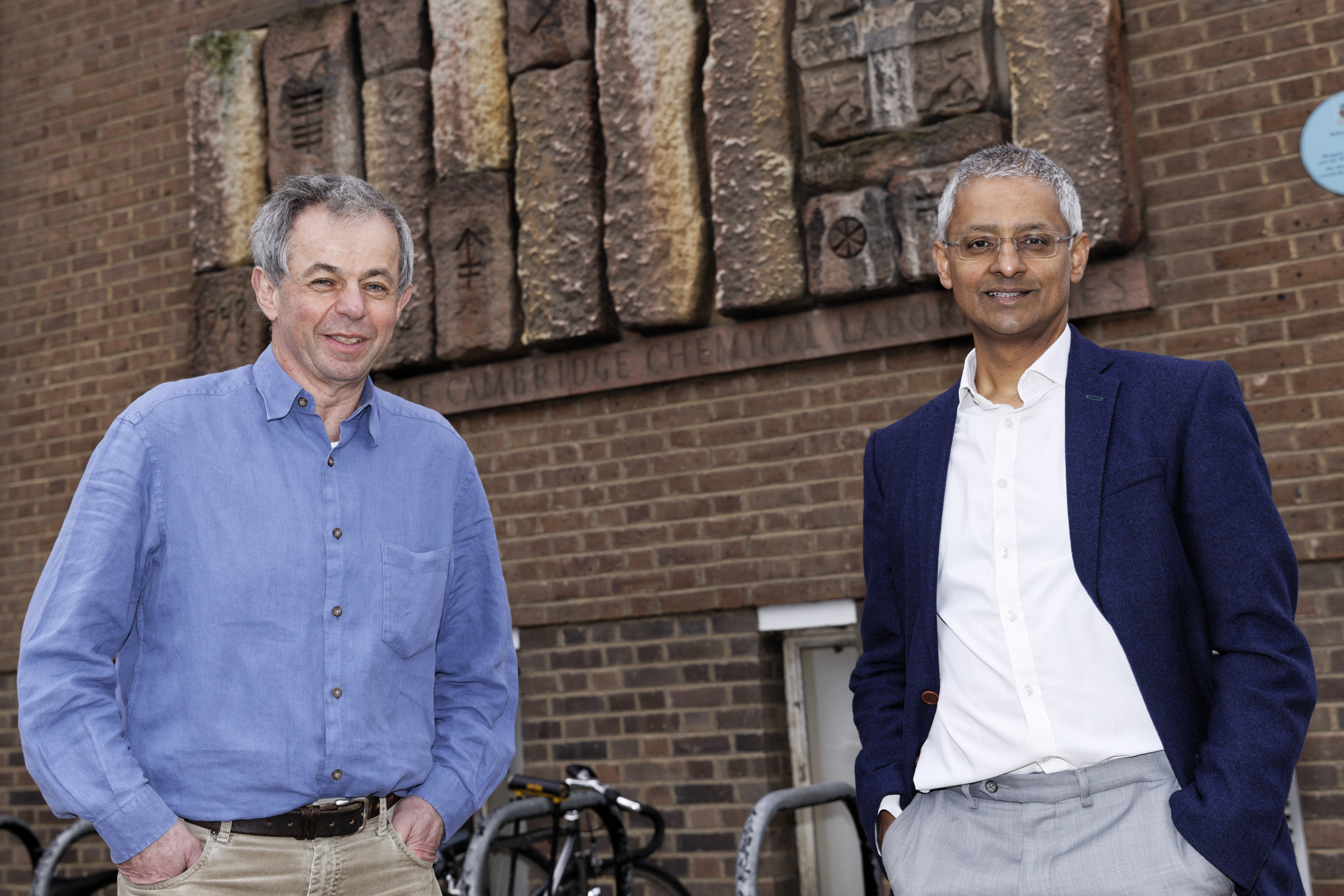The amount of power used in a genome analysis is not something I’d ever thought of until I heard about Optalysys, a company developing optical computing that has the potential to be 90% more energy-efficient and 20X faster than than standard (electronic) compute infrastructure. Read on if you are interested in finding out more, and watch the video below – featuring Prof Heinz Wolff!
Optalysys was originally spun out from the University of Cambridge and the technology needs a lot more explanation that I’ll give: briefly they split laser light across liquid crystal grids where each “pixel” can be modulated to encode analogue numerical data in the laser beam, this diffracts forming an interference pattern and a mathematical calculation is performed – all at the speed of light. The beam can be split across many liquid crystals to increase the multiplicity and complexity of mathematical operations performed.
Optalysys and the Earlham Institute in Norwich are collaborating on a project to build hardware/software that will be used for metagenomic analysis. This is a long way from comparing 500 matched tumour and normal genomes in an ICGC project; but if Optalysys can build systems to handle this scale then the huge compute processing tasks might be carried out at a fraction of the current costs and whilst running from a standard mains power supply.
PS: do you remember the Great Egg race as fondly as I do?
PS: do you remember the Great Egg race as fondly as I do?








Leave A Comment